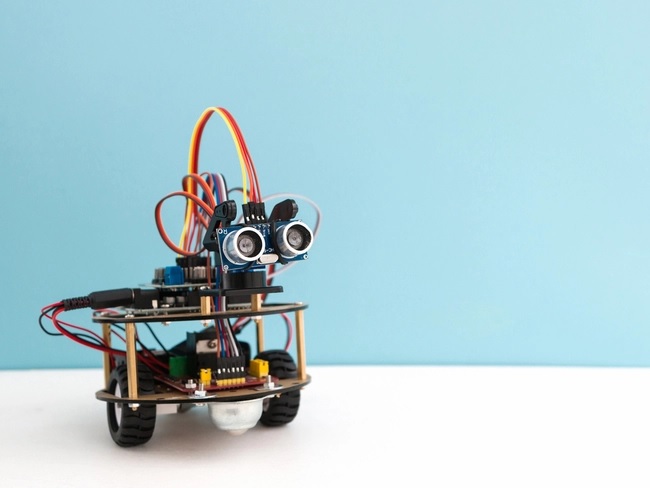You have listened about a different type of robotics technology used in building sensors, computers, memory, and many more. Today’s era is a technological era, and robots are used in almost every field. But listening to this could be shocking that robots are capable of moving around the human body. Robots have special abilities that they can withstand high temperatures (more than 200 degrees Kelvin) and an acidic environment.
Today, scientists have taken the technology to the next level. They did not focus on creating a single robot, but they presented an army of microscopic robots this time.
Features of these robots
Robots are manufactured using four legs that are powered by solar cells. According to the knowledge provided by Marc Miskin, newness is the legs that could be controlled using silicon electronics. The legs were manufactured using thick platinum. Marc Miskin is study co-author of the University of Pennsylvania.
Tiny sized robot (0.1 millimeters) cannot be seen by the naked eye around the width of human hair.
Hypodermic needles are used to inject this robot in the body.
These robots move when the laser is projected on them.
Challenges faced during the development of these robots
As the size of the robot is so small, scientists face many problems. Some basic problems that affect the development are listed below:
- Fixing the control circuit
- Attaching legs to move
Benefits of microscopic four-legged robots
These robots are controlled by shooting laser light on these solar cells triggered to move the legs by which robots can move into the body. Safety, speed, consistency, and happier employees are features that make robots beneficial for the treatment of disease.
These features encourage scientists to bring something out of the world for the medical side. Many features of robots are these help in performing research work. They have the potential to explore the biological environment, have the capability to treated disease, and an array of different potential use.
Features that need some improvement
While having some benefits, robots also have some features that need more attention. These robots could not sense their environment. And if these robots are compared with other robots that use magnate for controlling, they work slower.
Future expectations
Future possibilities from robots are increased day by day. A scientist keeps on working for innovating new things. There are trying to build robots that automatically sense the environment and could be able to perform duties without human intervention. Robots that could respond and may be applicable in material science or work on nanotechnologies.
Around 1959, it was published on the behaves of spoken description in Nature, Allan Brooks, and Michael Strano of Massachusetts Institute of technology. This concept is since Nobel laureate Richard Feynman.
Finally, technologies are developing day by day that can convert energy into motion and think it is a super-advanced manner so the brain and battery can be attached.
